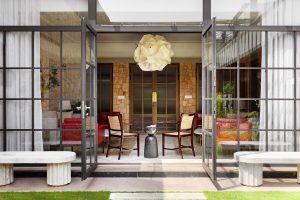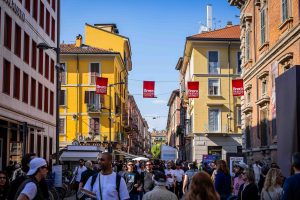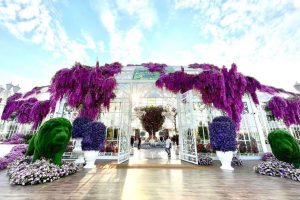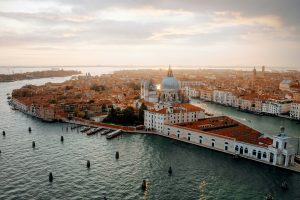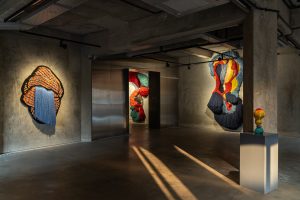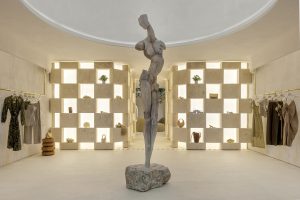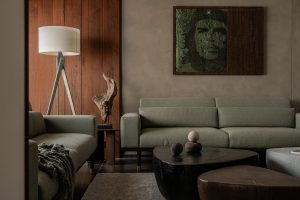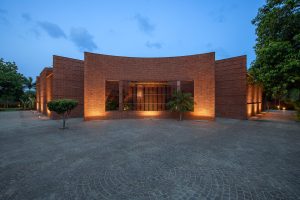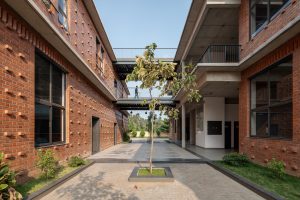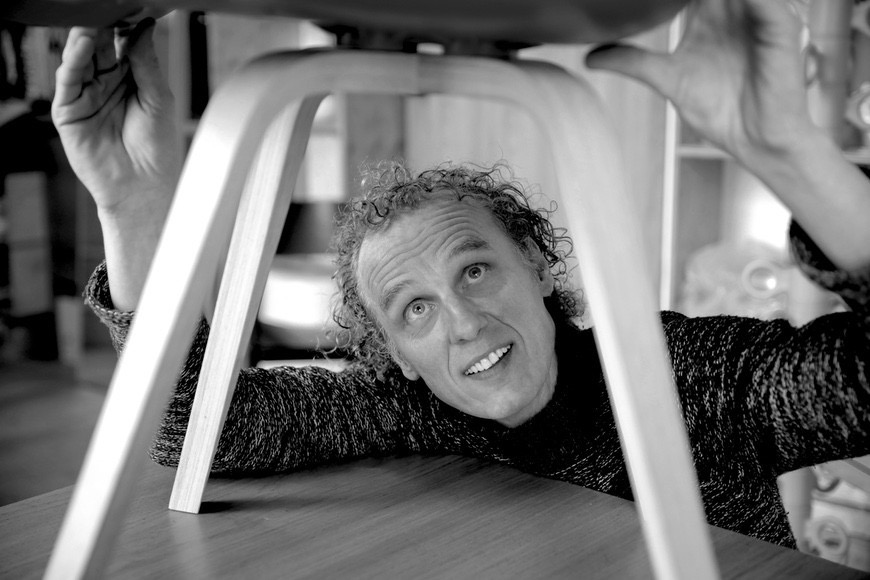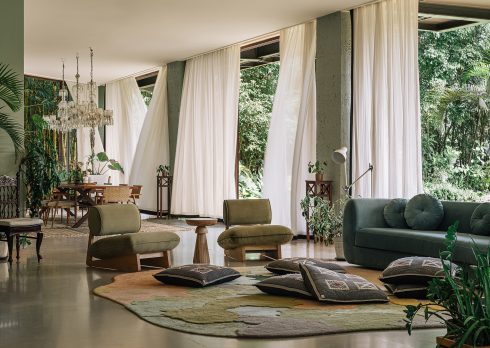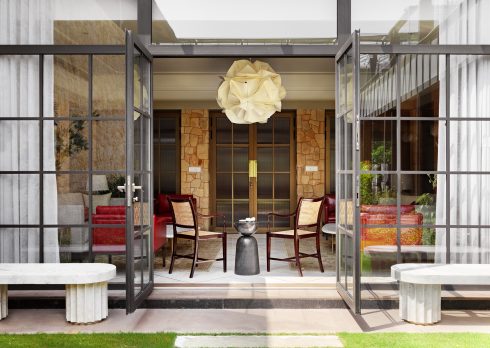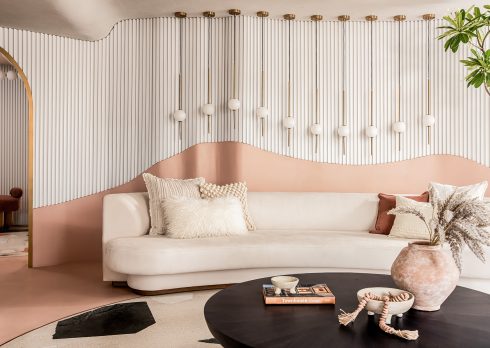Design Pataki With Richard Hutten – On The Pandemic, Circular Economy And Greenwashing
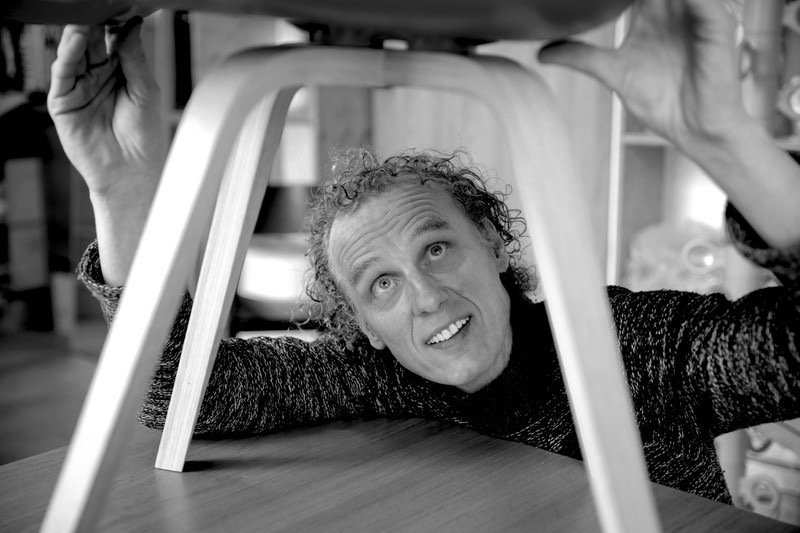
Richard Hutten wants you to join him on his quest for a more sustainable planet. It’s a cause that the Dutch designer has been championing for years now — through the conscious design of his art-driven furniture and products for long-time clients like Moroso, Ghidini and Moooi. This approach to design extends to his home in Rotterdam, too, which is a veritable olio of acquired art, his own pieces, and intentions to be kinder to the planet.
We speak to this influential product, furniture and interior designer, during Design Pataki’s Digital Design Week, to better understand the direction in which the pandemic-stricken world is gradually moving towards.
Design Pataki: What were the early days of the pandemic like for you?
Richard Hutten: I visited my studio every now and again to talk to my artisans. But I also started to paint and work on my photography. It was almost like a sabbatical. There are some projects that are going on but, but we’ve put a lot of projects on hold too. I have Skype meetings with clients which is fantastic. We all save time while we save the planet too. I don’t travel anymore so I can spend more time with my children as well which is nice. As the world has pressed the reset button, this is the perfect time to rethink what I’m doing. That’s why I call it half a sabbatical.
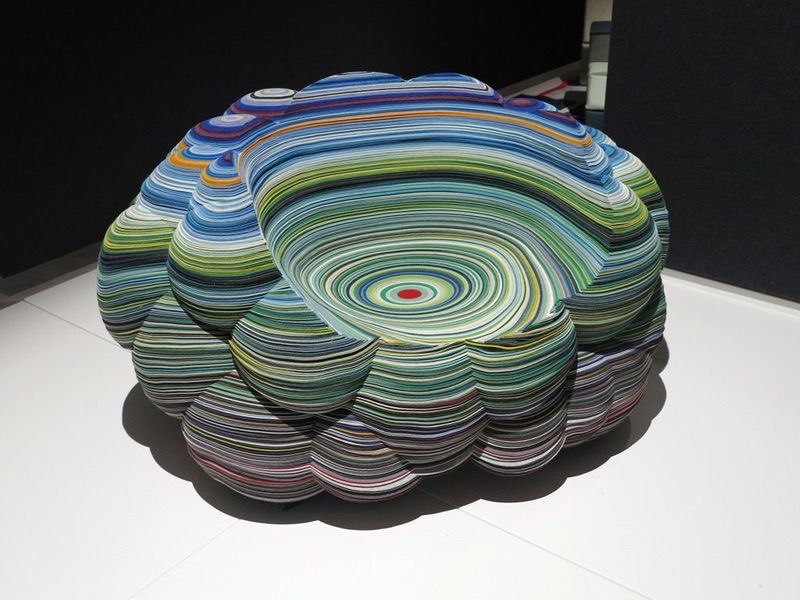
Design Pataki: Your thoughts on hitting the reset button, championing sustainability and circular economy…
Richard Hutten: The coronavirus pandemic is part of a much bigger crisis which is the environmental crisis. The crisis has proved that we are capable of change and that we need to change. If you saw images of Delhi and its blue sky, how nice was that?! It’s not only in Delhi, but also in Rotterdam where I’m from and in China and in Milan, one of the most polluted cities of Italy. Everything is linked together. We really need to rethink whether we want to continue like how things were, or are we actually enjoying the clean air? I don’t think I’ve spoken to anyone who has said that they don’t enjoy the clean air. The sky is blue and I can breathe easier.
Design Pataki: Can you tell us about how you’ve turned your home into a more energy-efficient one?
Richard Hutten: Everybody can contribute to a sustainable planet. My home in Rotterdam is an energy-neutral home built ten or twelve years ago. In Holland, houses are heated with gas. But we don’t use gas in this home; we use thermal heat from the ground. I pump up the heat from three pumps 150 metres deep in the ground during the winter months. In the summer I use the same system to cool the house down — I have solar panels on the roof. I am producing all the energy required for my home myself. But it’s really upon the governments to make rules and regulations that will bring about a change on a bigger scale. We need to stop depending on fossil fuels. With my home, I’m hoping to prove that it’s possible so that the government can encourage it. We need to make an energy transition. It will give us hope for a better future.
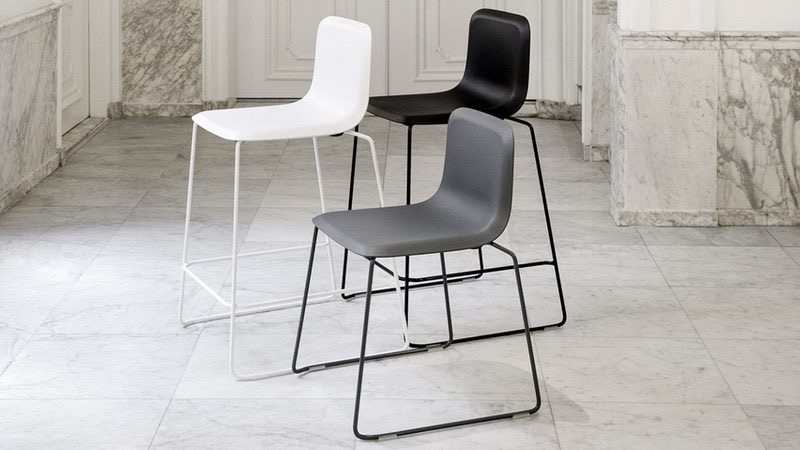
Design Pataki: You’ve incorporated this in your design at an airport.
Richard Hutten: Of course, flying is bad yet it’s not the worst thing we can do. But it is detrimental to the environment. I designed a plastic-free seating system for the waiting room at Schiphol Airport in Amsterdam which is completely circular. This means that it’s made from materials, recycled aluminium, found at the airport itself and was made by recycling furniture that wasn’t functional anymore. The product is made locally within 80 km from the airport with Dutch furniture brand Lensvelt.
Almost 100% of all the soft seating in the world uses plastic foam inside the seating. And, plastic is one of the worst, if not the worst, material used by a designer. I tried to find an alternative by looking at traditional techniques of furniture making in the 19th century. They used coconut hair and latex which is natural rubber. So you could say that I revisited this old technique or craft to make the airport seating. The seats are covered with a material called e-leather, crafted from the waste of the leather industry. The waste is treated with heat, steam and pressure to turn it into a new material altogether. So it’s a 100% recycled material. In this way, the carbon footprint of this seating compared to furniture with a similar function is 90% less. This is a big step in reducing our footprint. I wish it was vegan leather because I have been a vegetarian for more than 30 years. But this is the waste of the leather industry and there is a lot of it coming in. Of course, the world would be better if there was no meat consumption, and then there wouldn’t be leather. But that’s another discussion in itself. Because of the leather and what’s inside the furniture, this seating system is slightly more expensive than a piece of traditional airport furniture. But you need to take into account that by using this furniture, you also get cleaner air.
Design Pataki: We’ve heard you use the word ‘greenwashing’ very often. Tell us more.
Richard Hutten: Big corporations spend more money on marketing than they spend on making their product. As more brands start to understand that we have to become ‘green’, they try to market their product as green. It’s a marketing tactic to sell their products. It’s very easy to say that your product is sustainable or recycled on your website or brochure. But this does not make it green. For instance, they might claim that a panel is made from recycled textiles. But they might actually use 30-40% of resin which is made from oil. After these panels aren’t functional anymore, they become waste and, thus, landfill. Whenever I say something like this, I get a text by marketing people from all these different corporations. They are the ones who greenwash their story and don’t like people like me telling the truth.
Design Pataki: Your thoughts about the COVID crisis and its impact on the furniture industry.
Richard Hutten: I’ve really been fighting for the environment for so many years. I’ve always got the feeling that I never had the support in this fight. But now all of a sudden, we have the COVID crisis, which is really part of the environmental crisis which has been going on for a long time. This new crisis is an eye-opener and people are seeing that they are capable of change, that we must change and that we cannot go on like this. Before this , people thought they were incapable of change, but now that we have to, we are changing. I’m confident that this crisis will have an impact. I don’t know how as yet, but I’m sure it will have an effect. There will be less use of plastic, for sure. We will see a focus on local produce and there will be a shift towards natural, renewable materials. In times like this, think really hard about what you’re doing because what you do makes a difference.
Maybe the Salone and furniture fair at Milan should become a bi-annual event instead of an annual event. It’s like a rat race every year to come up with a new collection. In the fashion world, for decades, there’s been a discussion about whether they really need to come up with four of five collections a year. Maybe for the furniture industry where we come up with one collection a year, it could be one collection every second year. I want people to live with their pieces for the rest of their lives; I want them to pass the furniture on to the next generation.

Design Pataki: Plagiarism is rampant in the design world. You’d know this well.
Richard Hutten: Copies will always happen. If people don’t copy it, you’re a bad designer. They call me an influential designer and that means you influence people. Sometimes, it’s an exact copy, sometimes it’s less direct. But the Dombo mug is very complex to make and this makes it difficult to copy. A few years ago, during a talk I gave in China, I mentioned that I sold a million of these mugs, and three weeks later the first copies were on the market in China. You could see that it was a bad copy and the plastic was used in a bad way. If you are going to make a quality copy, you have to work with really skilled people, with companies willing to take risks and make investments in something that’s complicated.


